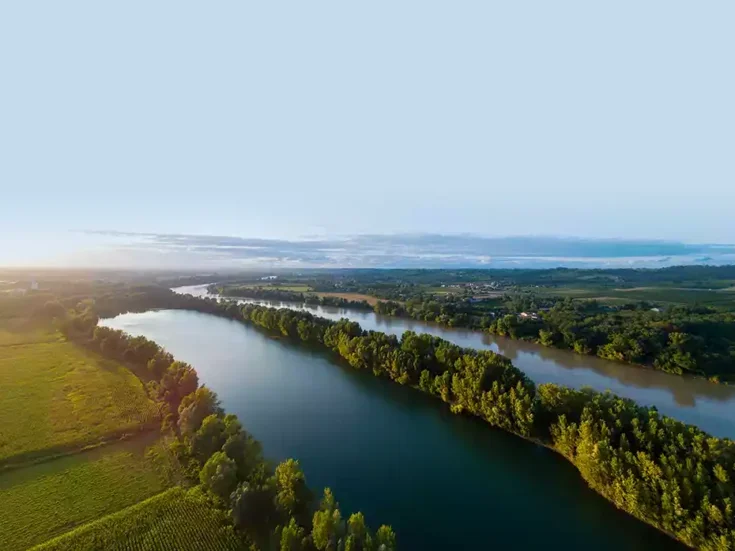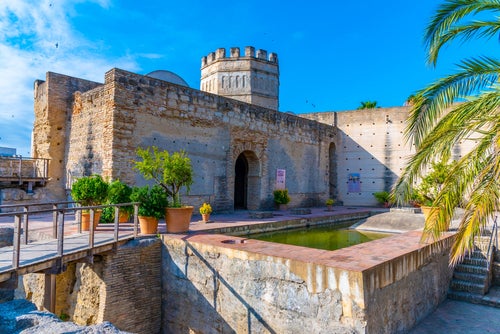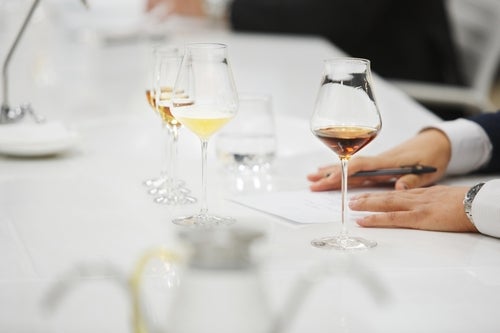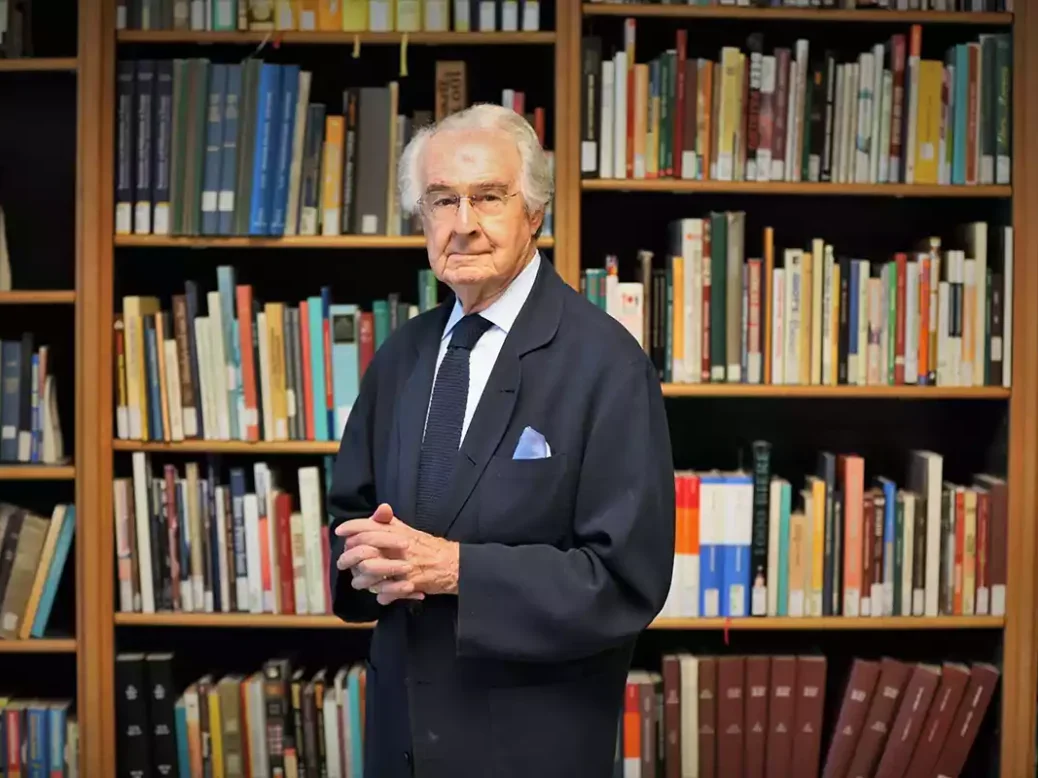
Warren Winiarski loved Syrah. The first time we met over dinner, I poured him a glass of Kusuda Syrah from New Zealand. It was a mouthwatering wine from a cooler vintage full of dried herbs and flowers, white pepper, blue fruits, savory meats, and even ginger.
The distinctive charm of the Kusuda opened an extended conversation between us on the style and quality of Syrah, or Shiraz, from different regions of Australia and New Zealand. In 1986, he’d served as international judge for the Sydney Wine Show with Len Evans and spent time visiting regions. Winiarski was smiling throughout our discussion. It also led to talk of wine quality in general.
For Winiarski, a great wine tastes not of its variety per se but rather of its variety being so well suited to where it grows; the wine’s character tastes of its place. To do so, the wine must exhibit a harmony of richness, ripeness, and restraint. Winiarski called these classic wines. The Kusuda, he said, was an example. It was this same idea that led him to plant Cabernet Sauvignon on the eastern slopes of Napa Valley.
Winiarski became famous for his success with Stag’s Leap Wine Cellars, and especially its inaugural 1973 vintage of Cabernet winning the 1976 Judgment of Paris tasting. A bottle sits in the Smithsonian Museum and was named one of “the 101 objects that made America.” It also awarded him the James Smithson Bicentennial Medal. He was inducted into the California Hall of Fame and was awarded the Trustee Medal of Honor by the Julia Child Foundation for Gastronomy and the Culinary Arts. In turn, he donated funds to the Smithsonian to initiate its American Food & Wine History Project.
Even so, Winiarski believed that what was important about the Paris tasting was not so much whose wines bested the lineup. Expert tasters’ inability to discern France from California meant the best of California had achieved the harmony of other classic wines.
Before Winiarski launched his winery, he and his beloved wife Barbara purchased a property to live on near the top of the Vaca Range. There, in 1965, they also planted a vineyard. They were the first Cabernet Sauvignon vines on Howell Mountain post-Prohibition, near where Dunn continues to succeed today. It was also, at the time, among very few plantings of Cabernet in Napa Valley.
The next year, Robert Mondavi founded his eponymous winery, with Winiarski as lead winemaker for its first two years. It was the first major winery to open after Prohibition ended in 1933, an indication of how few wineries existed at the time. While there, Winiarski studied the region—its air flows, frost zones, and temperature spikes. He carried the Winkler Index, created by UC Davis researchers AJ Winkler and Maynard Amerine, with him as guide. He sought to understand the nuances of the region but also to find a place that would provide richness, ripeness, and restraint naturally.
Then he met Nathan Fay. In 1961, Fay ventured to an empty part of Napa Valley. There, he started the first Cabernet vineyard in what is now known as the Stags Leap District. It had been considered too cold to ripen grapes. After tasting with Fay, Winiarski changed course. In 1969, he and Barbara sold their Howell Mountain property and, with investors, purchased property near Fay Vineyard to plant Cabernet and Merlot and establish Stag’s Leap Wine Cellars. Winiarski had found his spot for classic wines. By 1986, he’d also purchased Fay.
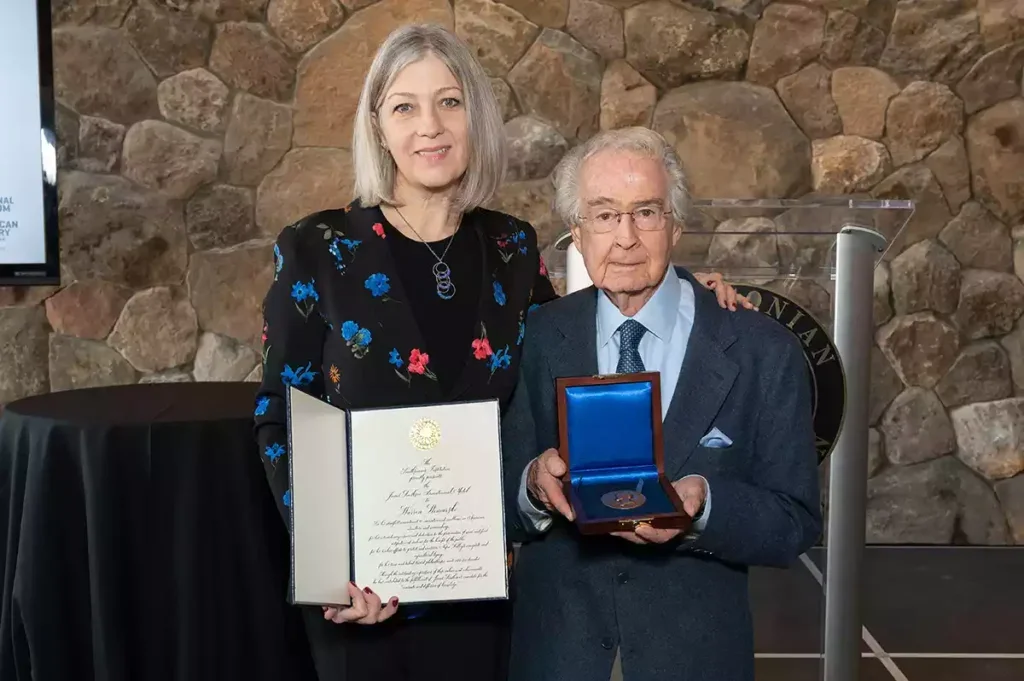
Mentorship and the epiphany
Winiarski was raised in an insular Polish community in Chicago with neighbors sharing resources as much as know-how. His father made wine at home from dandelion and honey. Warren said his first memories were listening to the ticking of fermentation inside his father’s barrels.* But at home, wine was only for special occasions.
After attaining an undergraduate degree at St John’s College in Maryland, Winiarski went to graduate school. He specialized in Machiavelli, studying in Italy while earning his master’s in political science from the University of Chicago. In Italy, he discovered wine for everyday pleasure—as well as a desire for an agrarian lifestyle.
While teaching back in Chicago, Warren and Barbara hosted friends for lunch. The friends brought wine to share, a blend of non-vinifera hybrids grown in the vineyards of Maryland. It became Winiarski’s epiphany.* He obsessively read, tasted, and talked about wine, until finally beginning to write to winemakers in California.
In the early 1960s, Winiarski spent an unsuccessful week in the Santa Cruz Mountains assisting Martin Ray. Ray dismissed Winiarski as “too independent.” Even so, the experience proved agrarian life was possible. So, Winiarski wrote to others, eventually working with Lee Stewart on Howell Mountain at Souverain for two years, before going on to Mondavi.
After Mondavi, Winiarski consulted throughout Sonoma and Mendocino counties and even made wine in Colorado. When he established Stag’s Leap, the winery became a learning ground for the next generation of industry-changing winemakers: Françoise Peschon who helped launch Araujo; John Williams of Frog’s Leap; Michael Silacci of Opus One; Bob Sessions, known for his work at Hanzell; Dick Ward, founder of Saintsbury; Paul Hobbs, Steve Matthiasson, Tegan Passalacqua, and many others all call Winiarski a mentor.
The future
As Winiarski described it, the multi-generational nature of the community in which he was raised led him always to work to honor his ancestors and build for the future.* After selling Stag’s Leap Wine Cellars, Winiarski kept the portion of the vineyard with his home and started the Arcadia winery.
In Napa Valley, Winiarski helped instigate the Agricultural Preservation Act of 1968 to prevent overdevelopment in the region, while also establishing the first agricultural preserve in the nation. He and Barbara also launched the Winiarski Family Foundation, providing support for conservation and educational efforts. In 2018, the foundation gave money to St John’s College to help lower tuition fees for all students. In 2021, they provided a grant to support the Colorado Mesa University viticulture and enology program. Over several years, they funded the UC Davis Wine Writer Collections, an archive working to build the largest collection of wine writers’ papers, recordings, and materials in the world, and the Spurrier-Winiarski UC Davis Library Wine Writer-in-Residence Program in 2023.
Also in 2021, Winiarski chose to pay tribute to Maynard Amerine and AJ Winkler, two people he considered his mentors in wine, by funding research to advance their Winkler Index. It was an effort, he said, to assist the next generation of winemakers and help them build the future.
* Warren Winiarski, Creating Classic Wines in the Napa Valley, an oral history conducted in 1991, 1993 by Ruth Teiser, Regional Oral History Office, The Bancroft Library, University of California, Berkeley, 1994.

